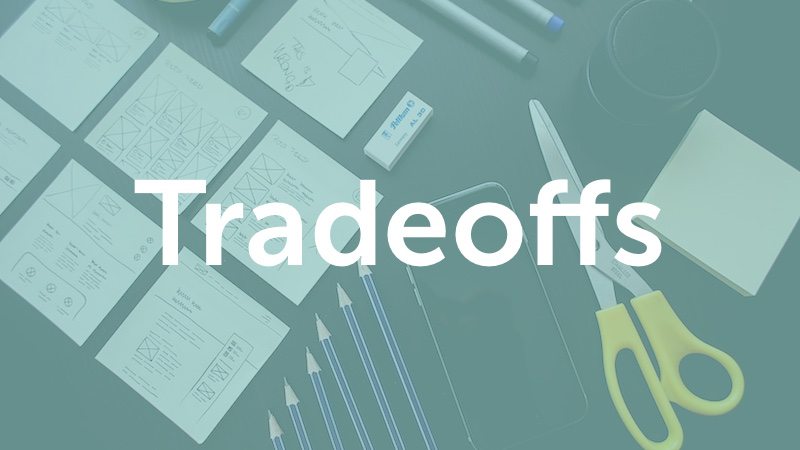Tradeoffs
Episode #5 of the course Intro to Product Management by Ellen Chisa
The crux of the Product Management role is about making tradeoffs. It’s rare that the next action is obvious. There isn’t one good formula for how to do this. Over time, as they see more situations, Product Managers build intuition for what tradeoffs will be effective.
The first type of tradeoff is “which is most important?” This comes up when different angles of the PM’s job suggest different actions. For instance, what do you do when the business goals and user testing suggest different paths of action?
In this case, the PM is likely to align to the vision of the company. If the founders of a company have said that monetization is the most important element for the year, the business goal is likely to take priority.
Beyond aligning to vision, the PM is also likely to consider “what have we done recently?” If the company has constantly been investing in making great features for users without attempting to monetize, that may be a good shift. On the other hand, if the company has been focused on growth and users are starting to churn out (leave) the product because it isn’t good enough, it may be time to focus on retention and user functionality.
The second type of tradeoff is “how much is enough?” or “how much of a feature do we build?”
For instance, a Product Manager may want to have an internal metrics dashboard. The “best” possible case could be building a dashboard that can do anything and keeps track of everything about the product. That said, it would take a long time to build something like that at full functionality. The “easiest” way might be to have someone analyze the data manually and update a static webpage.
The right answer is usually somewhere between the two extremes. If this is the first version of a product and there are lots of other engineering tasks, the manual version may be the way to go. If you’ve been running a manual version for a year and it keeps getting more complicated, it might be time to invest in a better dashboard.
These two points end up playing off of each other. The PM needs to figure out how to invest all available time and how to explain to the company why these were the right allotments.
Recommended resource
Recommended book
“Decisive: How to Make Better Choices in Life and Work” by Chip Heath and Dan Heath
Share with friends

